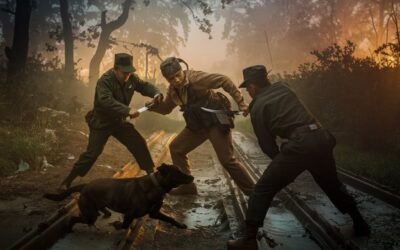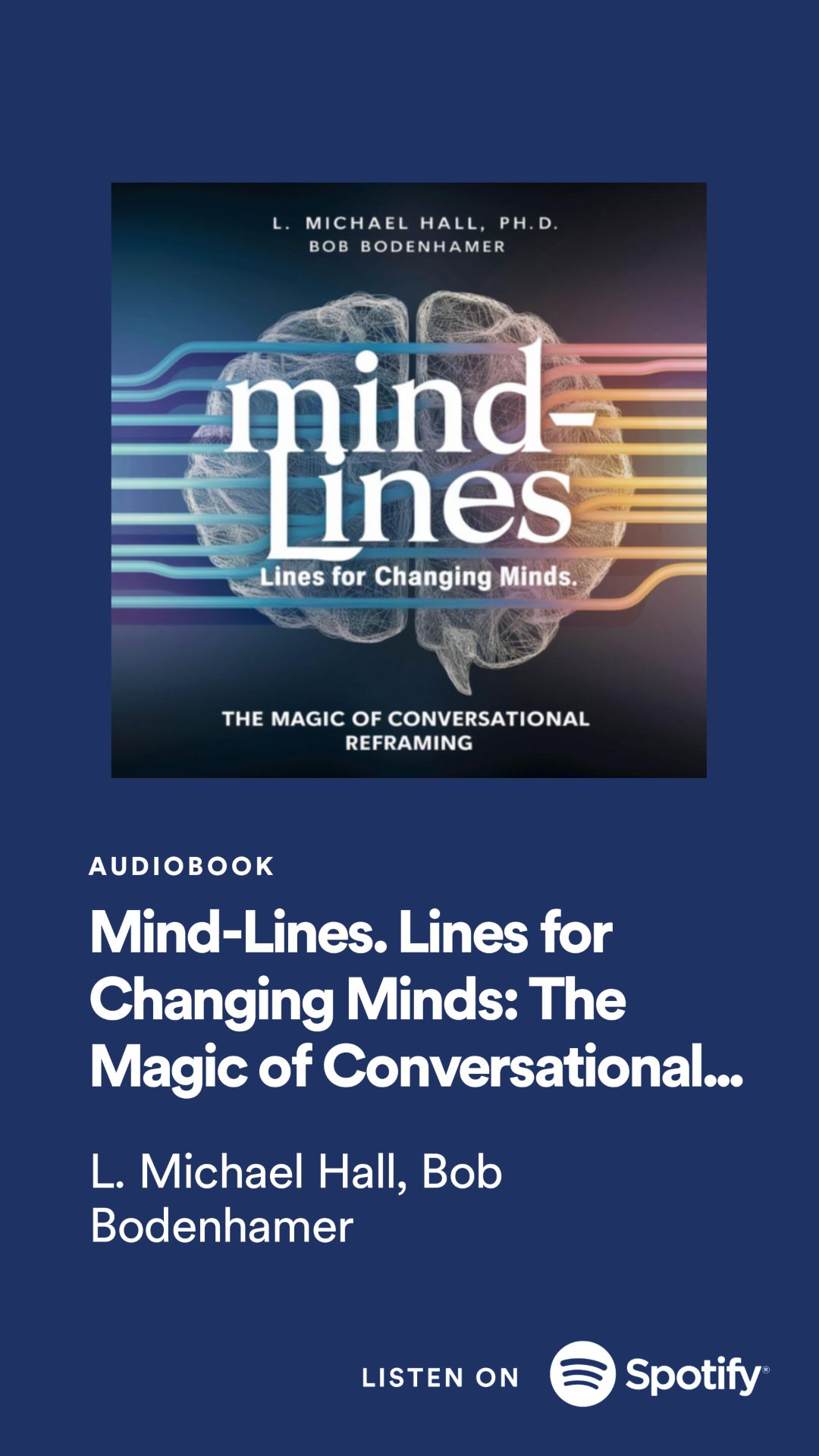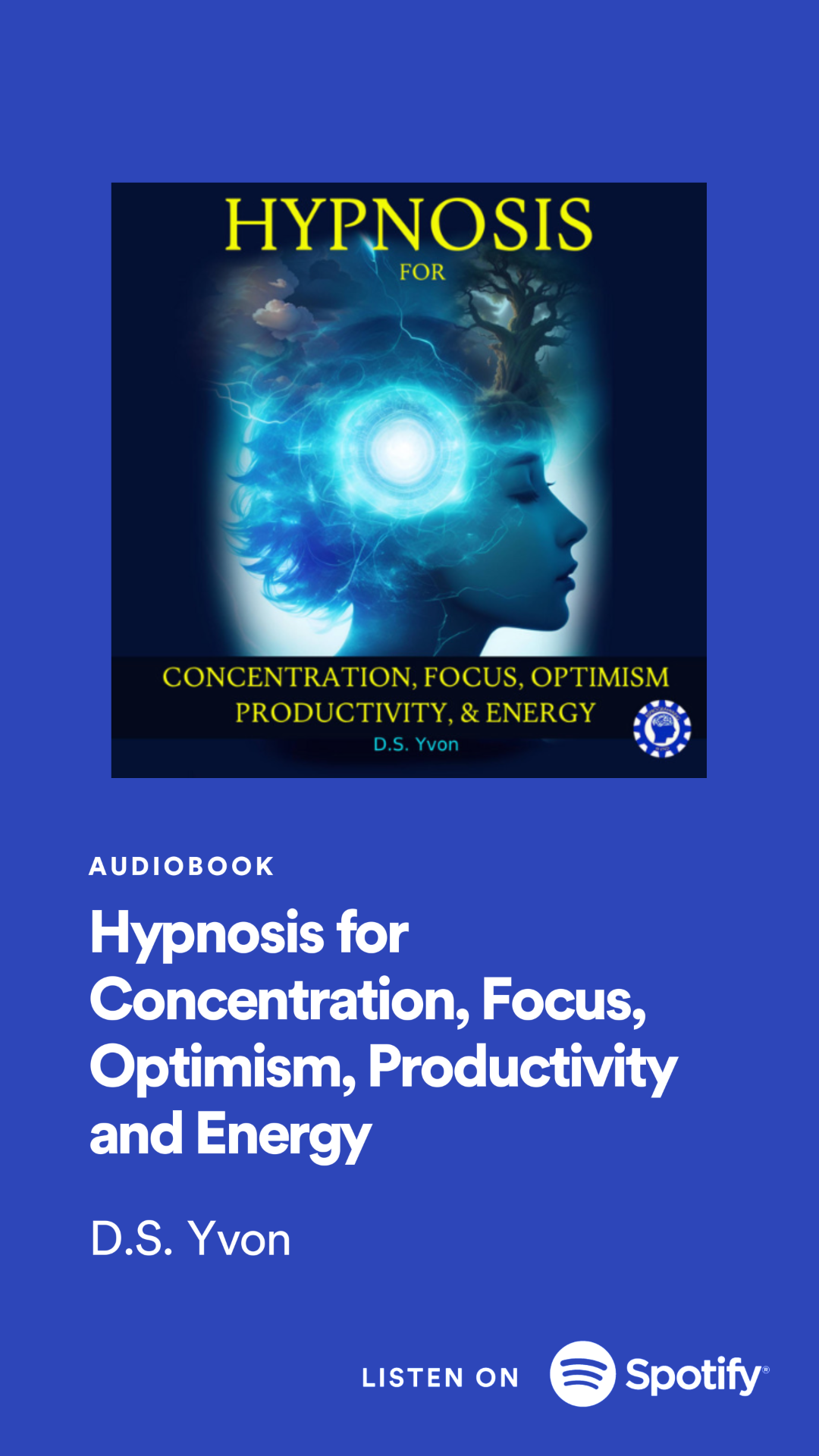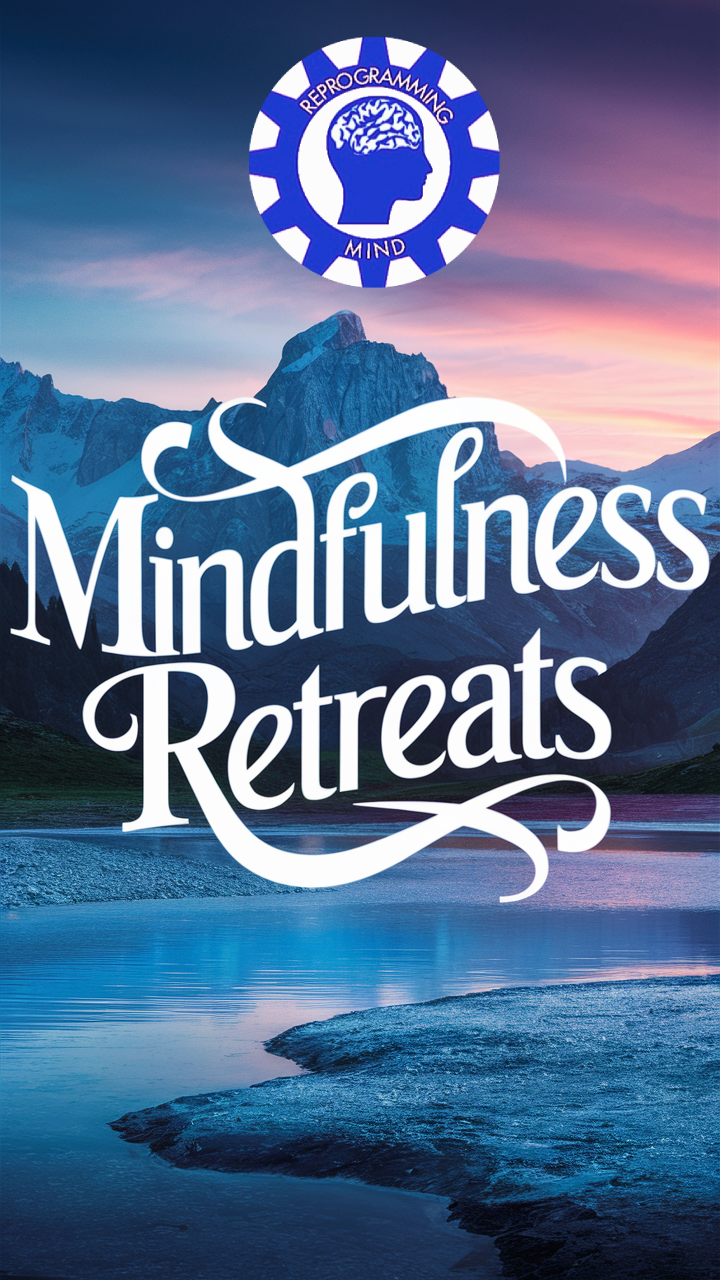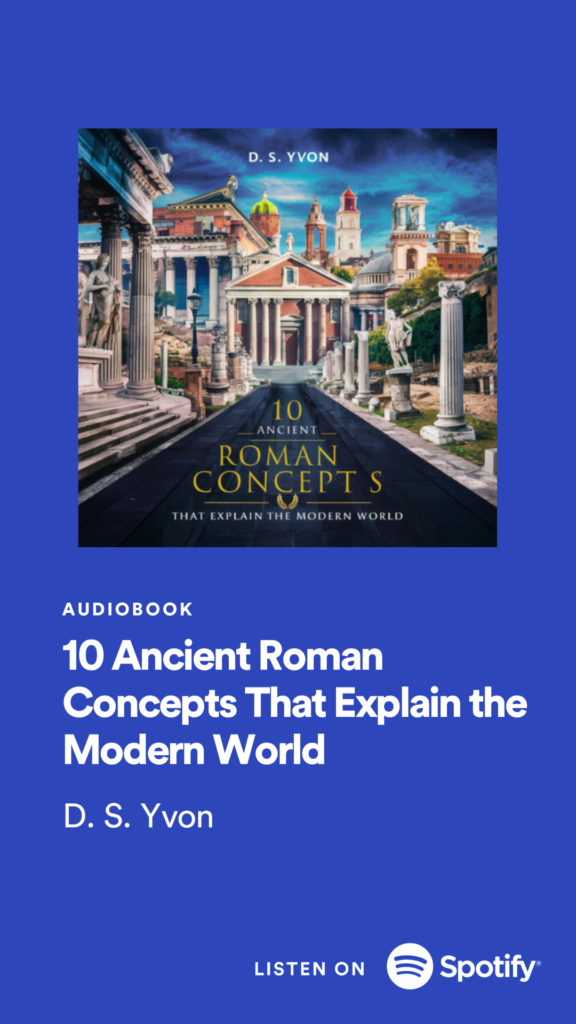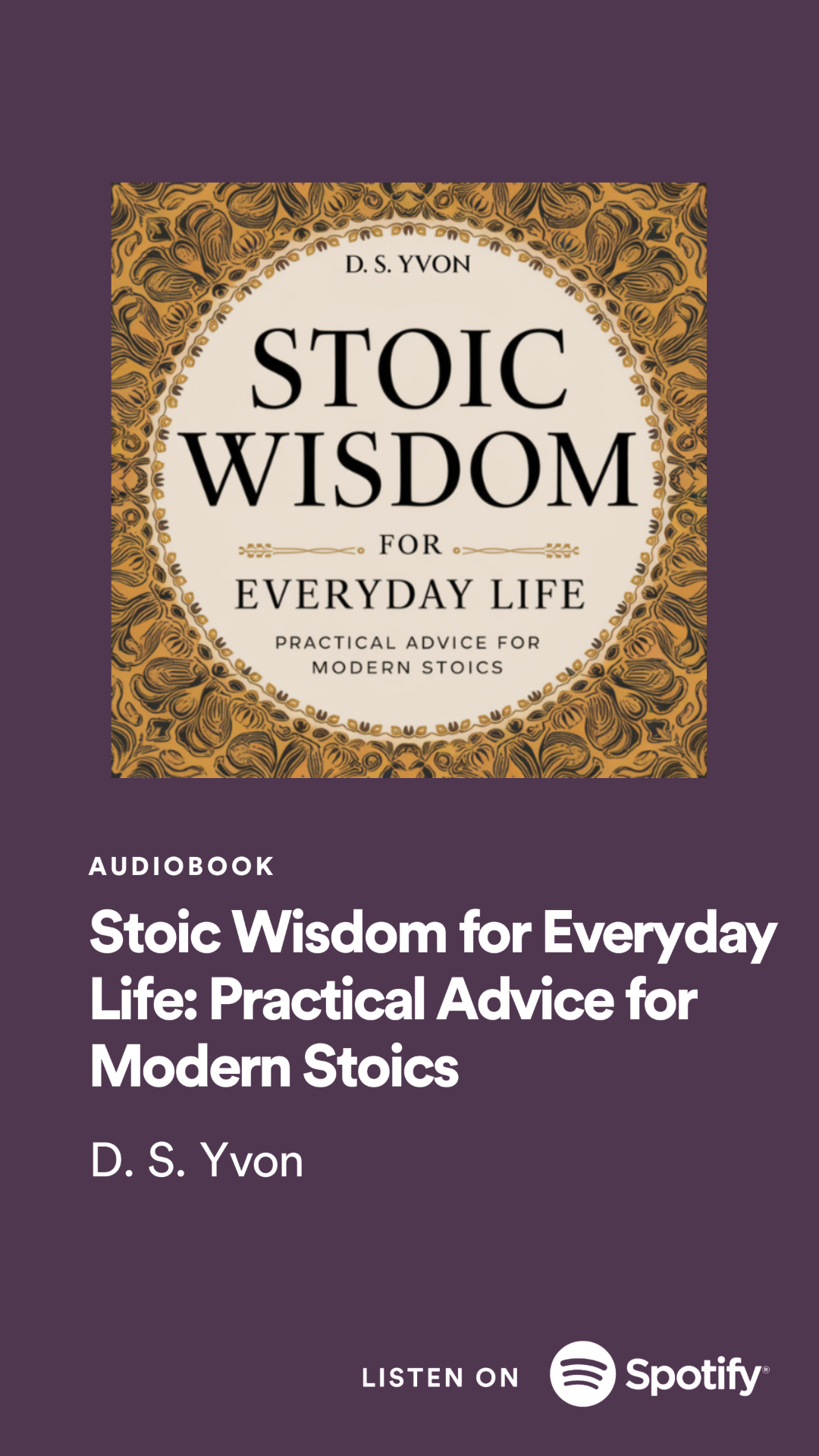This advert has been named "The Best Ad Ever". It turned an entire company around from a disaster -- and is the most memorable ad ever.
The Cadbury Gorilla: A Drumming Sensation That Revolutionized Advertising
In the world of advertising, few campaigns have achieved the level of iconic status and cultural impact as Cadbury's "Gorilla" advertisement. Launched in 2007, this 90-second masterpiece featuring a lifelike gorilla drumming to Phil Collins' "In the Air Tonight" not only revitalized the Cadbury brand but also set a new standard for creative advertising. This article delves into the fascinating story behind the ad, exploring its conception, production challenges, and the lasting impact it has had on both the advertising industry and popular culture.
The Genesis of an Idea
A Casual Conversation Sparks Creativity
The story of the Cadbury Gorilla ad begins, as many great ideas do, with a casual conversation. In 2007, the creative team at Fallon London, Cadbury's advertising agency, was engaged in a lighthearted discussion about the best drum solos in music history. It was during this exchange that director Juan Cabral had a sudden flash of inspiration: he envisioned a gorilla playing the drums.This seemingly random idea stuck with Cabral, who began to develop it further. He saw potential in the absurdity and unexpected nature of the concept, believing it could capture viewers' attention in a way that traditional chocolate advertisements couldn't. The team at Fallon, known for their innovative approach to advertising, was immediately intrigued by the concept.
The Challenge: Connecting Gorillas and Chocolate
At first glance, the connection between a drumming gorilla and Cadbury chocolate might seem tenuous at best. However, the creative team saw an opportunity to create an advertisement that was less about directly promoting a product and more about evoking a feeling – a sense of joy, whimsy, and unexpected delight that they believed aligned perfectly with the Cadbury brand.The timing of this creative breakthrough was crucial. Cadbury had recently faced a series of public relations challenges, including a salmonella scare that had significantly damaged the company's reputation and sales. The brand needed more than just a standard product advertisement; it needed a campaign that could reconnect consumers with the joy and nostalgia associated with Cadbury chocolate.
Developing the Concept
The Power of Music
As the idea evolved, the choice of music became a critical element. The team settled on Phil Collins' iconic 1981 hit "In the Air Tonight," known for its dramatic drum break. This song not only provided the perfect backdrop for the gorilla's performance but also tapped into a sense of nostalgia for many viewers, adding an extra layer of emotional resonance to the ad.
A Bold Departure from Traditional Advertising
What made the Gorilla concept truly revolutionary was its complete departure from traditional advertising norms. The ad featured no chocolate, no product shots, and no explicit mention of Cadbury beyond the final frame showing the company logo. This approach was a significant risk, challenging conventional wisdom about product placement and brand messaging.The creative team believed that by creating a piece of entertainment that viewers would genuinely enjoy and want to watch repeatedly, they could generate positive associations with the Cadbury brand without resorting to hard-sell tactics. This strategy aligned with emerging trends in advertising that emphasized creating shareable content and emotional connections with consumers.
Production Challenges
Finding the Perfect Gorilla
With the concept approved, the production team faced their first major challenge: creating a realistic gorilla that could convincingly play the drums. This was no small feat, as the success of the entire ad hinged on the believability of the gorilla's performance.

Garon Michael. The actor in the gorilla suit.
After extensive research and consultation, the team turned to Stan Winston Studio, the renowned special effects company known for their work on films like "Jurassic Park" and "Terminator." The studio created a highly detailed, animatronic gorilla suit that could provide the realism and expressiveness needed for the ad.
Casting the Man Behind the Mask
With the suit created, the next challenge was finding someone who could bring the gorilla to life. The production team cast Garon Michael, an actor with extensive experience in creature suits, having previously portrayed apes in films like "Congo" and "Planet of the Apes."Michael's task was far from simple. He had to convey a range of emotions through the gorilla suit, from anticipation to pure joy, all while mimicking the movements of an expert drummer. This required extensive rehearsal and physical training to ensure that the drumming looked authentic and matched the iconic Phil Collins track perfectly.
Achieving the Right Look and Feel
Director Juan Cabral wanted the ad to have a documentary-like feel, as if viewers were witnessing a genuine, spontaneous moment. To achieve this, the team paid meticulous attention to every detail, from the lighting of the set to the subtle movements of the gorilla before the drumming begins.The ad was shot over several days, with multiple takes to capture the perfect performance. The final cut seamlessly blended the best elements from these takes, creating a fluid and captivating 90-second narrative that built to the climactic drum solo.
The Ad's Release and Immediate Impact
A Viral Sensation
When the Cadbury Gorilla ad was released in August 2007, it immediately captured the public's imagination. In an era when social media was just beginning to show its potential for viral content, the ad spread rapidly across platforms like YouTube. Within the first week of its release, it had garnered over 500,000 views online – a significant number for the time.Television audiences were equally captivated. The ad's premiere during the season finale of "Big Brother" in the UK ensured a large initial viewership, but it was the subsequent word-of-mouth and repeated viewings that truly cemented its status as a cultural phenomenon.
Critical Acclaim and Industry Recognition
The advertising industry quickly recognized the Gorilla ad as something special. It received widespread critical acclaim for its innovative approach and emotional impact. The campaign went on to win numerous awards, including the prestigious Film Grand Prix Lion at the Cannes Lions International Festival of Creativity in 2008.Critics and industry experts praised the ad for its boldness in eschewing traditional product-focused advertising in favor of pure entertainment. It was seen as a watershed moment in advertising, demonstrating the power of creating content that viewers actively sought out and shared, rather than trying to interrupt their viewing experience with hard-sell messages.
Impact on Cadbury's Brand and Sales
Revitalizing the Brand
The Gorilla ad came at a crucial time for Cadbury. Following the salmonella scare and product recalls of 2006, the company's reputation had taken a significant hit. The ad played a key role in rebuilding consumer trust and reigniting positive associations with the brand.By creating a piece of content that brought joy and sparked conversations, Cadbury was able to reconnect with consumers on an emotional level. The ad reminded people of the simple pleasure associated with Cadbury chocolate, without ever needing to show the product itself.
Boosting Sales
The impact of the ad on Cadbury's bottom line was significant and immediate. Reports indicated that sales of Cadbury Dairy Milk increased by 9-10% in the months following the ad's release. This boost in sales was particularly impressive given the challenges the company had faced in the preceding year.More broadly, the ad helped to reinvigorate the entire Cadbury brand portfolio. The goodwill generated by the Gorilla campaign extended beyond Dairy Milk to other Cadbury products, contributing to an overall strengthening of the company's market position.
Cultural Impact and Legacy
Spawning Imitations and Parodies
As with many cultural phenomena, the Cadbury Gorilla ad inspired numerous imitations and parodies. From other brands attempting to create their own viral sensations to amateur videos of people recreating the gorilla's performance, the ad's influence was felt far and wide.These imitations served to further embed the ad in popular culture, extending its reach and impact well beyond its initial run. Even years after its release, references to the drumming gorilla continued to appear in various forms of media and entertainment.
Resurgence of Phil Collins
An unexpected side effect of the ad's success was a renewed interest in Phil Collins' music. "In the Air Tonight" experienced a surge in popularity, re-entering music charts and introducing the song to a new generation of listeners. This demonstrated the ad's power not just as a marketing tool, but as a piece of content that could influence broader cultural trends.
Changing the Advertising Landscape
The success of the Gorilla ad had a profound impact on the advertising industry. It challenged conventional wisdom about what constituted effective advertising, encouraging brands and agencies to think more creatively about how they could engage consumers.In the years following the ad's release, there was a noticeable shift towards more entertainment-focused advertising, with brands increasingly looking to create shareable content that could capture audience attention in the age of social media and online video.
Here is the original commercial. Enjoy!
Lessons for the Advertising Industry
The Power of Emotional Connection
One of the key lessons from the Gorilla ad was the importance of creating an emotional connection with viewers. By focusing on evoking joy and nostalgia rather than pushing product features, Cadbury was able to create a more lasting and positive association with their brand.
Taking Creative Risks
The ad's success also highlighted the potential rewards of taking creative risks. By departing so radically from traditional chocolate advertising, Cadbury and Fallon created something truly memorable and impactful. This encouraged other brands to be bolder in their creative approaches.
The Value of Shareable Content
In the digital age, the Gorilla ad demonstrated the immense value of creating content that viewers want to share. By making an ad that people actively sought out and showed to friends, Cadbury achieved a level of organic reach that traditional advertising could rarely match.
The Road to Approval
Initial Skepticism
The journey to getting the Gorilla ad approved was fraught with challenges. Initially, the concept was met with skepticism from Cadbury's executives. The idea of a 90-second ad featuring a gorilla playing drums, with no direct mention of chocolate, seemed too radical and risky. As Phil Rumbol, Cadbury’s director of marketing at the time, recalls, "When I then shared it with my superiors, it’s fair to say they thought I was mad. They said: ‘Let’s get this right. You want to make an ad that’s three times longer than a normal ad, has got no Cadbury’s chocolate in it and there’s no message?’.
Persistence Pays Off
Despite the initial pushback, Rumbol was convinced of the ad's potential. He believed that the ad could "rekindle the love" among consumers and set about persuading his colleagues. This persistence paid off, and eventually, the ad was given the green light.
Production Details
The Perfect Gorilla Costume
Finding the right gorilla costume was critical to the ad's success. The team sourced a realistic animatronic suit from Stan Winston Studio, known for its work on films like "Jurassic Park." The suit needed to be convincing enough to give the ad a "documentary" feel, as if viewers were witnessing a real gorilla playing the drums.
The Man Inside the Suit
The next challenge was finding someone to wear the suit and bring the gorilla to life. Garon Michael, an actor with experience in creature suits, was cast for the role. He practiced extensively to mimic the drumming style needed for the performance, ensuring that the movements looked authentic and matched the iconic Phil Collins track perfectly.
The Ad's Release and Reception
Going Viral
When the Cadbury Gorilla ad was released, it quickly went viral. On launch night, the video was also released on YouTube, where it garnered 100,000 hits the following day. The ad's unexpected approach and sheer entertainment value resonated with audiences, leading to widespread sharing and discussion.
Awards and Accolades
The ad received numerous awards, including the prestigious Film Grand Prix Lion at the Cannes Lions International Festival of Creativity in 2008. It was praised for its innovative approach and emotional impact, setting a new standard for creative advertising.
The Ad's Legacy
Cultural Impact
The Gorilla ad became a cultural touchstone, inspiring parodies and tributes from various brands and media. It also led to a renewed interest in Phil Collins' music, with "In the Air Tonight" re-entering music charts and introducing the song to a new generation of listeners.
Influence on Advertising
The success of the Gorilla ad had a lasting impact on the advertising industry. It encouraged brands to think more creatively and focus on creating shareable content that could engage consumers on an emotional level. The ad demonstrated that sometimes the most powerful way to sell a product is not to sell at all, but to create a moment of pure, unexpected joy.
A Drumming Gorilla's Lasting Legacy
The Cadbury Gorilla advertisement stands as a testament to the power of creative advertising. From its unlikely conception in a casual office conversation to its status as one of the most celebrated ads in history, the campaign demonstrated how a bold, emotionally resonant idea could capture the public imagination and revitalize a brand.
The Gorilla ad became a cultural touchstone, inspiring imitations, sparking conversations, and changing perceptions of what advertising could be. Its influence can still be felt in the advertising industry today, where brands continue to seek that perfect blend of entertainment and emotional connection that can turn an ad into a sensation. After we've looked back on this remarkable campaign, it's clear that sometimes the most powerful way to sell a product is not to sell at all, but to create a moment of pure, unexpected joy. In doing so, Cadbury didn't just sell chocolate; they created a lasting memory that continues to bring smiles to faces years after that gorilla first sat down at the drums.
That's what makes it the best ad ever.




